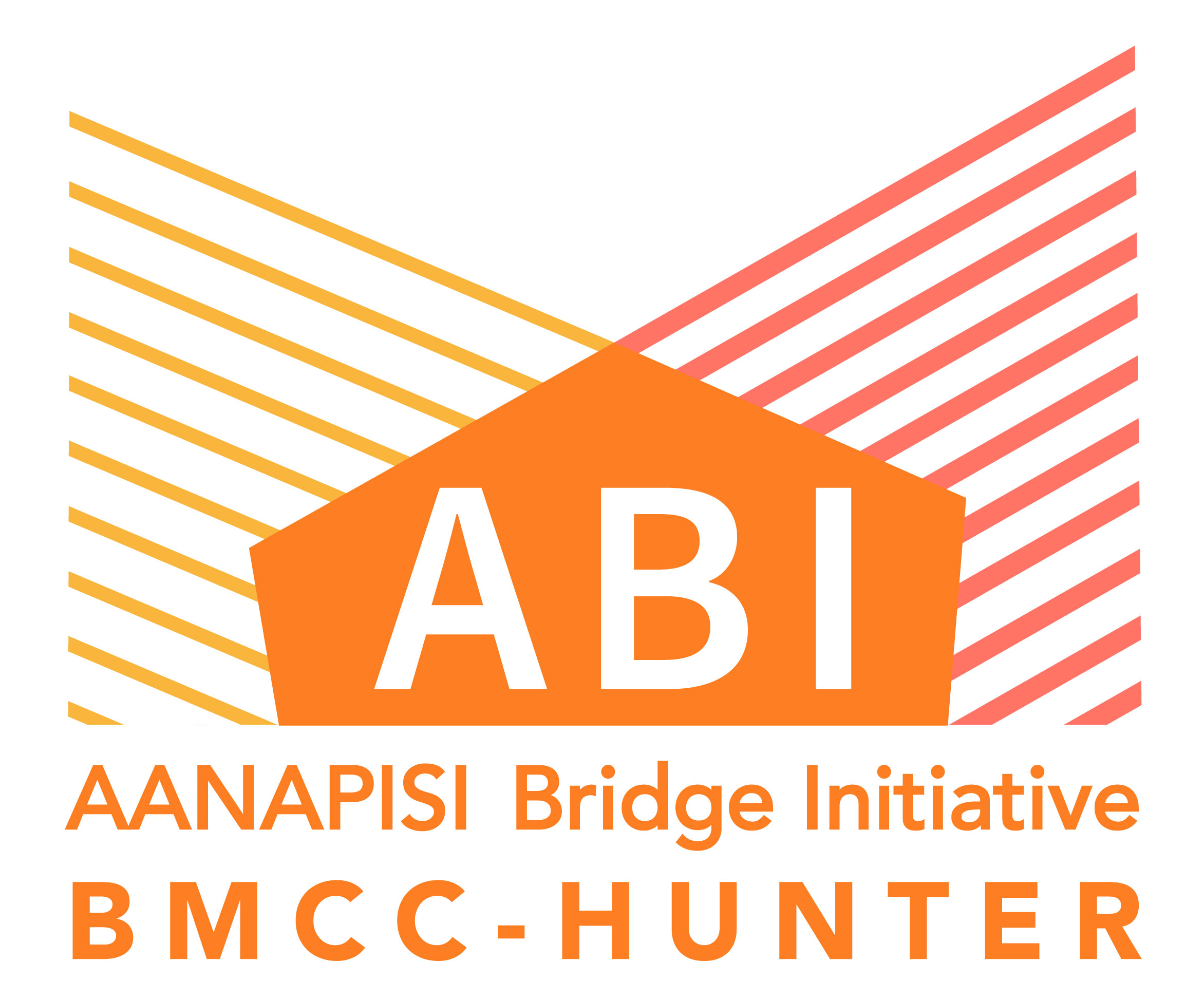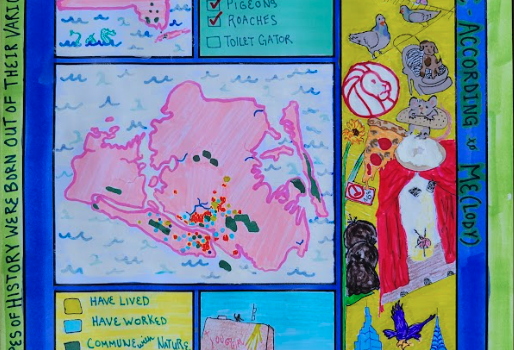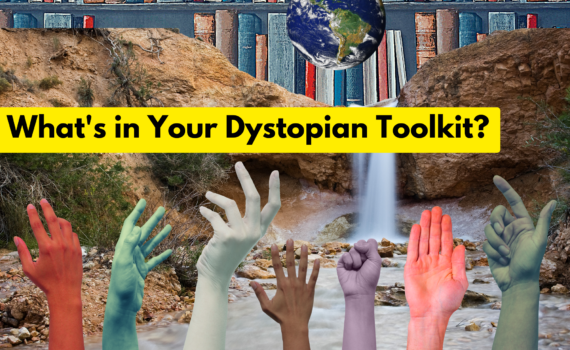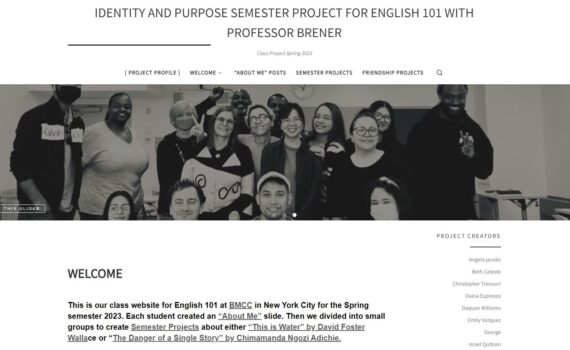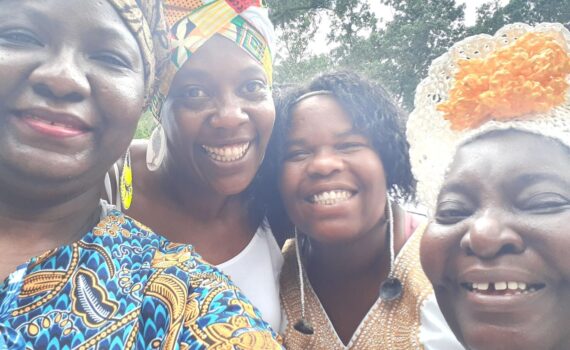Class information 725; 325 – Advanced Curriculum Development in World History and Global Education for Urban Contexts, Grades 7-12 20 students Designed for future teachers in New York City public schools, this course covers effective social studies teaching for all learners. Students explore the necessary pedagogical balance between teaching historical […]
Faculty Projects
Class information MUSHL 10100 – A Thousand Years of Listening 25 students “A Thousand Years of Listening” is an introduction to Western classical music for non-majors. The course examines the history of musical expression from the Medieval era to the present. The course aims to foster enjoyment of classical music […]
Class information MAT1275CO – College Algebra and Trigonometry 21 students The students are from different high schools from different grades 10th to 12th. Students from 10th grade are taking Algebra or Geometry in their high school, and students from 12th grade are taking up to AP Calculus. I am meeting […]
Class information ETH 100 – Introduction to Ethnic Studies 11 students This course is an introduction to the interdisciplinary field of Ethnic Studies. Rooted in the intertwined movements of racial justice, anti-imperialism and liberated education in the 1960s and 70s, the formation of Ethnic Studies changed how race, inequality and […]
Class information LIB 100 – Library Research 25 students Library Research (LIBR 100) is a one-credit course for students who are interested in improving their research skills. The course covers a range of information literacy principles, including: evaluating sources, understanding differences between sources, recognizing bias, and observing the landscape of […]
Class information ENG 121 – English Composition I & Introduction to Literature in Tandem students English 121 combines English 101 with English 201. Both are composition courses, but English 101 focuses reading and writing about non-fiction essays and English 201 focuses on writing about literature. Both classes teach students the […]
Class information PSY-255 – Cognitive Psychology 24 students registered; 18 students attended the first class meeting, 10 attended the final class meeting students Cognitive Psychology is designed to introduce students to basic concepts and scientific research associated with learning and memory mechanisms, seminal theories and experiments associated with cognition and […]
Class information ECO 201 – Introduction to Macroeconomics 25 students This course is an introduction to basic economic principles with the aim to help students analyze the performance of the U.S. economy within the context of the global economy. One of the main goals of the course is to motivate […]
Class information ENG 201 – Introduction to Literature 25 students ENG 201 (Introduction to Literature) is the second course in the English Composition sequence. Building on the analytical writing skills of ENG 100.5/101 (English Composition), ENG 201 focuses on how we discuss and write about the three genres of literature: […]
Class information ENGL 32155-01 – Black Speculative Fiction 25 students In an interview in the African-American Review, African-American science fiction writer Nalo Hopkinson asserts that “science fiction has always been a subversive literature” because it forces the reader to “think twice and thrice about a whole bunch of things in […]
Class information ENG 101 – English Composition 28 students English Composition is the standard freshman writing course. The course introduces students to academic writing. By its conclusion, students will be ready for English 201 and for the writing they will be asked to do in advanced courses across the curriculum. […]
Class information HUM 213 – Child Welfare 17 students This course is a survey of child welfare as a field of social work practice. Course content includes the relationships of parents, children and society; the development of old and new governmental programs for children; the impact on the family of […]
Class information BUS 104 – Introduction to Business 25 students This course surveys business and industry in the United States with global growth strategy. Emphasis is placed on building Communication and Quantitative skills, including Excel spreadsheets, and an Ethical Foundation. The course introduces students to concepts in Management, Organizational Structure, […]
Class information ECE 209 – Infant Care and Development 15 students This is the 1st course the infant-toddler specialization for students in BMCC’s Early Childhood Education Program who have indicated they want to focus their studies on infant-toddlers and families. The course is limited to students in the major. We […]
Class information MAT301 – Analytic Geometry &Calculus I 25 students Students are introduced to different kinds of functions by graphing properties of functions and applications of functions. Students utilize computer software such as the graphing packages of Maple Software, a computer algebra system, and a mathematical word processor to complete […]
Class information AFN 128 – Black Women in the Americas, the Caribbean 11 students The changing status of women in African traditional societies is compared with changes in the status of Black women in the United States, the Caribbean, and Brazil. Project overview PROJECT 1] Students will work […]
